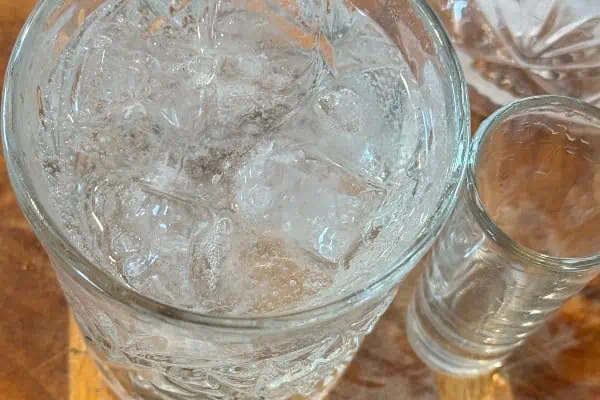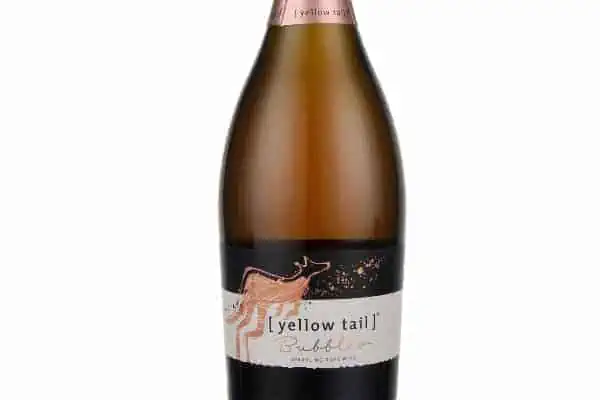Everything about wine is fun. It is delicious on its own and it is wonderful with food. There is a wine to match every mood, celebration or weather. All of this fun isn’t exactly free, though. Wine costs dollars and calories, two things that many of us put great effort into managing. With a little knowledge you can enjoy delicious wines while minimizing the total cost.
Many factors go into the final cost of a bottle of wine and not all of these factors make the wine taste better.
Land and labour are two of these factors. Of course, the land does affect the taste of wine but the price of premier land is different everywhere. Focusing on countries that have excellent growing regions with lower land and labour costs is one way to find great wines with great prices.
Two examples are Chile and Argentina. In Chile, there are two regions that have the reputation for making quality wines: the Maipo Valley and the Colchagua Valley. A good-quality, delicious wine from these areas will typically cost under $20 per bottle.
If you are exploring wines in Argentina, the region to look for on the bottle is Mendoza. Mendoza is most famous for Malbec production but the region is great for producing wonderful wines from many grape varieties. Since these regions are known to be premium growing areas, the names are typically printed on the label. Write down the three region names and take them with you the next time you are looking for a good wine at an affordable price.
The caloric content in alcohol is not shown on the label but, believe me, it is in the wine. To obtain an accurate calorie count you need a lot of information about the wines’ specific gravity, residual sugar, alcohol level and more. If you are a super keen math enthusiast, it is easy to find formulas online showing you how to estimate calories in alcohol. For those of you who would rather just see some numbers, this is for you. There are seven calories in each gram of alcohol. Carbohydrates and protein both have four calories per gram and fat has nine calories per gram. If a wine is sweet, the sweetness adds some carbohydrate calories into the mix increasing the caloric total.
For this article, I will assume that the wines are dry to demonstrate the difference in calories from alcohol. A wine with 10 per cent alcohol will have about 520 to 590 calories in the bottle. That’s 125 to 140 calories per six ounces, or 185 to 210 calories per nine ounces.
If you are drinking a wine with 14 per cent alcohol these numbers increase to 725 to 825 calories per bottle. That’s 175 to 200 calories per six ounces, or 260 to 300 calories per nine ounces.
Choosing wines with less alcohol also means choosing wines with fewer calories.
When trying to save dollars, visit the Chile and Argentina sections of the wine store. If you are trying to decrease calories, look for wines that have less alcohol. Your wallet and waistline with thank you.




